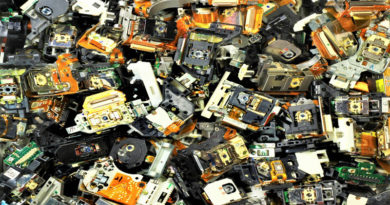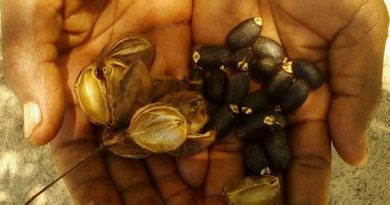Akshay Sethi’s Moral Fiber uses Innovation in Textile Waste Recycling

Akshay Sethi, a chemistry graduate from the University of California, and the co-founder of Los Angeles based startup Moral Fiber is another warrior in the war against marine plastics pollution. And his company seems to have as good a chance as any of the other efforts to make a really serious impact.

A chemistry and microbiology major, working on a project for recycling plastics as a part of his course ignited his passion for finding a solution. He channeled his passion to form a company that worked on recycling plastic bottles in San Fransisco, when he founded (then ‘AmberCycle’) Moral Fiber in 2015. It was later that an outreach call introduced him to the idea of introducing his technology to the textile industry. Followed by 3-day research to find out more about the idea and then 2-year intensive research to develop a process using chemicals and reactors that take in any old clothing (with polyester) and turn it into new fiber.
Tackling the problem of finding a process that can work on blended materials, Sethi and his college friend Moby Ahmed developed a three-step chemical process that can extract polyester from mixed blend materials to create a new yarn, billed as the world’s first textile product made entirely from old clothing.

“We take a mixed material, which has some cotton and polyester, and extract the polyester at the molecular level to produce a new yarn,” he said during an interview. The leftover material is incinerated to power the pilot plant but the final box could also be powered by solar panels placed on the roof. The process requires around 45–50 amps of power at peak consumption. The Los Angeles plant uses clothing scraps from local outlets, processing around 100 kilograms a day. The team are currently tweaking the process and learning what is needed to scale up. Next year, they plan to launch a Moral Fiber collection with a major brand.
Sethi sees Moral Fiber as another weapon in the battle against marine plastic pollution. He wants to keep polyesters out of the sea and also deal with the problem of microfibres leaking into our rivers and oceans when textiles shed. “We’ll start with fabric but it can process packaging, bottles, containers, films, multilayer packaging. We see this box as the box that is tailor-made for textiles but in the future, we want to make a box for packaging, a box for carpets and for all sorts of different materials,” he said. “All clothing made with Moral Fiber can be infinitely recycled. When it comes to product life cycles, we must return to infinity. It is the only way.”
For the apparel industry, widely considered to be the second largest polluter after energy, options like Moral Fibre need to be taken very seriously if the industry is to move to a sustainable model




